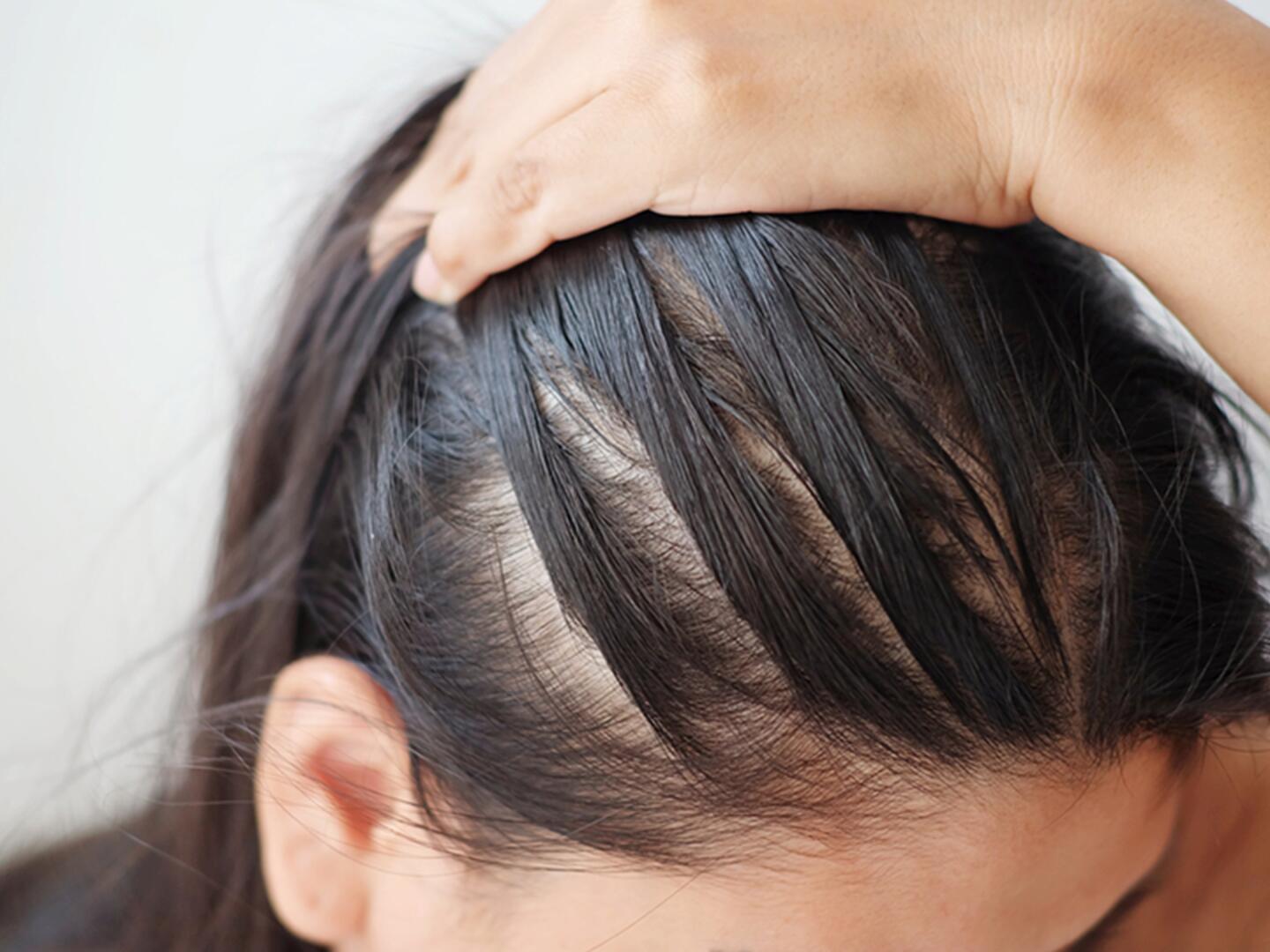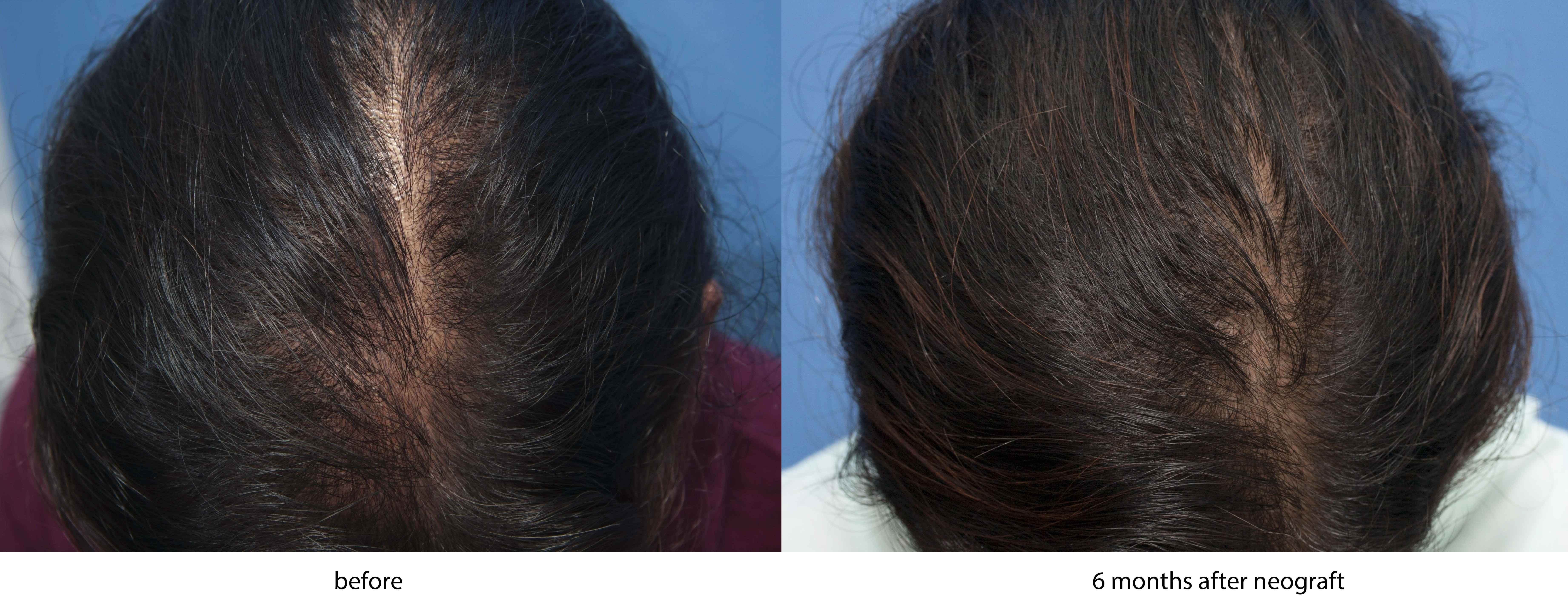Table Of Content

You can also find 1% strength at your local pharmacy, but it may not be as effective. Alopecia areata is a condition where the immune system mistakenly attacks the hair follicles, which usually leads to hair loss in small, round patches on the scalp or other parts of the body. It can affect people of any age and may come and go unpredictably.

What is hair loss in women?
However, for postmenopausal females, studies have shown that it may be an effective treatment and is frequently prescribed by some doctors. Plant-based oils are primary sources of omega-6, while omega-3 fatty acids are found in fish and some seeds. If you don’t normally consume such foods, talk with your doctor about taking a supplement. Omega-3 helps your body fight inflammation, an underlying cause of numerous conditions. Lavender oil has been used with success by some people with pattern baldness. It’s also backed by animal research from 2016, though human studies are needed to confirm its effects.
At-home laser therapy
While most causes of hair loss are treatable, some may not be. If your hair loss results from medication, hormonal imbalances, thyroid disease or diet, your provider will address the cause. Correcting the underlying problem is often all that’s needed to help stop hair loss. Losing your hair — whether the hair loss is temporary or permanent — can be emotionally difficult for many people.
Calecim Professional Advanced Hair System
How Menopause Affects Your Hair and Scalp - The New York Times
How Menopause Affects Your Hair and Scalp.
Posted: Mon, 07 Aug 2023 07:00:00 GMT [source]
Deficiencies in iron and zinc may contribute to hair loss, but getting enough of these vitamins may help prevent future hair loss and promote new growth. Within a few months of treatment, you may begin to notice less hair loss. Soon after, you may experience an increase in thickness or regrowth. You can receive laser therapy treatments from a dermatologist, but you can also purchase portable laser devices without a prescription. Companies like HairMax sell wearable devices intended to stimulate weakened follicles and reverse hair thinning or loss.
Virtue Hair Growth Treatment with Minoxidil 5%
To get to the root of these hormonal hair shifts, we asked experts—some of whom have experienced these changes firsthand—to break down exactly what’s happening and recommend ways to combat it. Female pattern baldness is a type of hair loss that’s more gradual than telogen effluvium. Without medications or treatment, hair loss due to female pattern baldness is permanent. Many people choose not to see a healthcare provider if they have female pattern baldness. But if you’d like to maintain your hair, you should call a healthcare provider as soon as you notice hair loss on your scalp.
When to See a Doctor for Hair Loss
It only works for certain types of baldness, and only if you keep up with its application. Hair loss can happen for many reasons, but regardless of the cause, it can feel pretty distressing — even if it’s temporary.
However, because most studies up until now have been very small, the review calls for more research using platelet-rich plasma for androgenic alopecia. She recommends choosing ammonia-free hair color if possible, and not wearing tightly pulled styles every day. Get instant access to members-only products and hundreds of discounts, a free second membership, and a subscription to AARP The Magazine. Usually, hair starts to fall out two to three months after the event, Ploch says.
Menopause and hormone imbalances
This is a great conditioner choice if you're looking for something that can nourish and protect the hair. It's full of ingredients that are popular for their moisturizing and strengthening properties, such as argan oil, olive oil, shea butter, and vitamin E. Reviewers love that it doesn't leave their hair feeling greasy or heavy.

Scarring alopecia
If you notice your hair thinning, don’t hesitate to see a specialist and advocate for yourself during your appointment. “One of the most frustrating things is how many women get dismissed,” says Green. Don’t be afraid to speak up — a good doctor will make time to chat and assess your unique situation.
Other options include light therapy, hormone therapy, or, in some cases, hair transplants. A recent study in the journal Menopause found that more than half of the nearly 200 postmenopausal women studied had experienced female pattern hair loss. Women who have a genetic predisposition to hair thinning may begin to see an increase in hair loss. “I’ve seen my hairline recede—a telltale sign of hormonal hair loss,” says Kunin. Female pattern baldness is a type of hair loss that affects women and people assigned female at birth (AFAB). It causes you to lose hair on the skin covering your head (scalp).
“Without the acidity, the cuticle cells begin to lift up and pull apart, leaving hair looking dull and feeling rough,” she says. These treatments that emit red- or near-infrared light are believed to stimulate hair follicles to help hair grow, with a lower risk of side effects compared to topical creams and oral medications. For instance, if your hair tends to be dry, then “look for serums that contain oils to help hydrate the dry hair shaft,” says Dr. Shaver. If you’re trying to prevent hair loss, Hill recommends this serum.
You should also talk with your doctor if you’re worried about persistent hair loss or a receding hairline or if you notice sudden patchy hair loss. Patches of hair loss could signify an underlying medical condition. Researchers believe that cortisol, a stress hormone released by your adrenal glands, may disrupt your hair growth cycle.

No comments:
Post a Comment